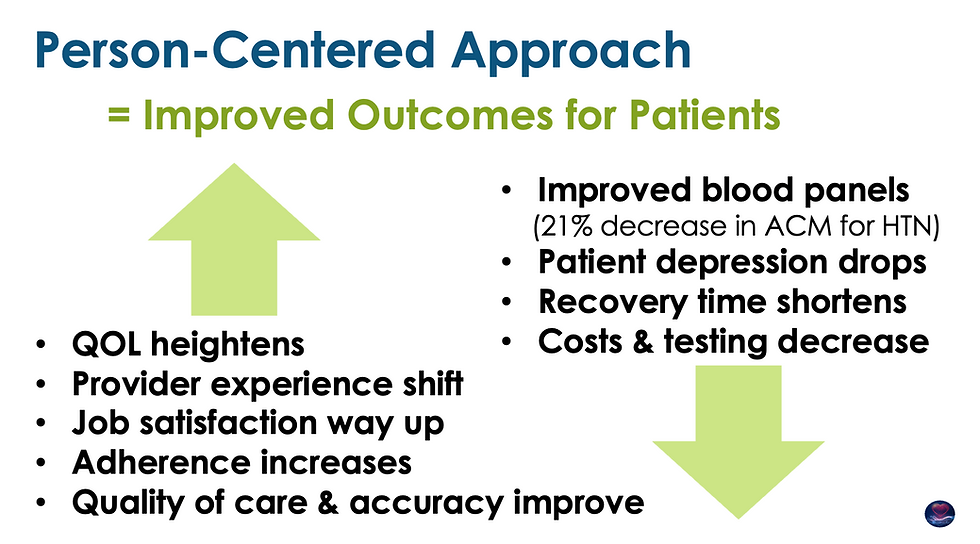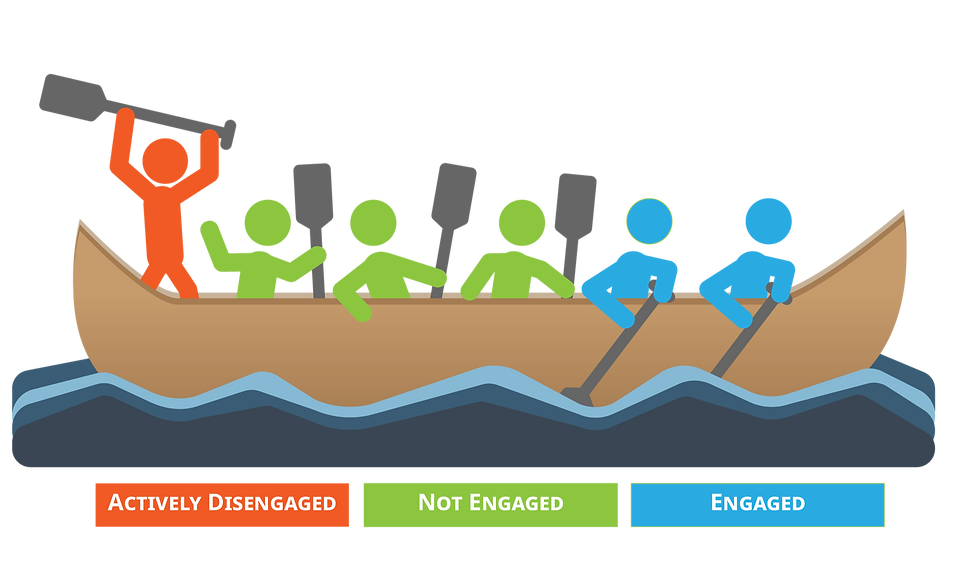Employee Engagement, Psychological Safety & Beyond
- Lisa Nordquist

- Aug 16, 2023
- 4 min read
Updated: Aug 17, 2023
When it comes to compassion and innovation, there is no greater example than your cell phone. Your phone is a perfect culmination of cognitive empathy and innovation. Our mobile devices today have expanded in capability, storage, connect-ability, in variations of sizes, colors and models to offer exactly what individuals want and need in a device. The demand for a phone that is able to capture the full extent of our communicational desires as humans has driven the innovation of technology.

This year’s 48th Annual NATCO - The Organization for Donation and Transplant Professionals meeting theme was capitalizing on the convergence of compassion and innovation to drive better care and outcomes in organ procurement and transplantation. Grey Monkey Group founder Lisa Nordquist kicked off the event with the Keynote presentation: “Innovation of Communication: Two Simple Principles of Positive Outcome”...and in case you missed it, this is the recap.
Person-centered Approach
Crucial for impactful employee outcomes and a cost-effective medicine, person-centered care is quickly becoming standard practice for multiple areas in the health-care industry. This approach is also heavily promoted by the World Health Organization as a best practice. Following the Rogerian model (therapeutic technique that is non-directive but supportive), person-centered approaches are highly effective in improving outcomes for both the patient and provider. We see faster recovery, better adherence, improved blood panels for patients, and higher job satisfaction reported from providers.

Psychological Safety
The key to high-functioning innovative teams is psychological safety. The often-cited Aristotle Project conducted by Google, offers plenty of reasons why we should all be interested in creating psych safety on our teams. But psychological safety is not the goal, it is merely a means to an end.
“Psychological safety is the belief that one will not be punished or humiliated for speaking up with ideas, questions, concerns, or mistakes and that the team is safe for interpersonal risk-taking.” - Amy Edmondson
Creating a workplace environment that is rooted in psychological safety allows teams to be more innovative through a shared belief that it’s OK to take risks, express ideas/concerns, ask questions, and admit mistakes — all without fear of negative consequences HBR.
Employee Engagement
The medical field is licking their post-covid wounds of burnout, depression, and staff turnover of quality professionals. Our providers are burnt out with turnover rates pushing 20% (~5% higher than other industries).

There have been countless studies that highlight the correlation between engaged employees and higher retention rates, company profits, satisfied customers, and overall productivity. The often lesser-promoted benefits of employee engagement programs is the improvement to individual disposition of individual employee wellbeing resulting in happier, healthier people.
Key Elements Behind Psych Safety & Employee Engagement
You can create initiatives to improve person-centered care, create psychological safety, or grow employee engagement at your organization but you won't be able to achieve memorable results without two key elements: Awareness and Empathy.
Awareness
We know from the generous research conducted on emotional intelligence (EQ) that an individual has to be both self-aware AND other-aware to be effective in leadership position as well as just working in teams for better outcomes or innovation. But what does this look like in real practice?
Before you enter a meeting, patient intake, or conversation with another human: Pause and pulse; pause and pulse; pause and pulse.
Just like you would stop to check if your wallet is on your person before leaving for a trip or take someone’s pulse during patient intake, we need to pause ourselves and check-in. Check your emotional-psychological pulse:
Are you thinking fearfully?
Are you relaxed or anxious?
Are you feeling defensive or afraid of negative outcomes?
If you’re anything above calm and cool, pause again. Take a breath, a walk, or maybe a day before you enter the interaction at hand.

Empathy
The second key principle to innovative communication lies in empathy. Empathy feels simple in theory: put yourself in the other person’s shoes.
However, the practice of doing this, omitting your own biases, perceptions, opinions, advice, judgement etc., is much tougher to do -- especially if you haven’t paused and taken your inner pulse.
You develop your empathy muscle by practicing empathy. Start with something simple, like TV show or movie, and put yourself in the character’s shoes. Put your own biases aside and imagine you were them – through the eyes of their upbringing, beliefs, and life experiences. Could you imagine making similar choices?
Daniel Goleman, author of the infamous “Emotional Intelligence: Why It Can Matter More Than IQ”, says empathy is a choice.
“The ability and choice to understand another person's thoughts and feelings in a situation from their point of view, rather than your own.” - Daniel Goleman
To close the recap of the 2023 NATCO conference, keep in mind the essential nature of converging compassion and innovation to expand and develop greater excellence in organ transplantation and patient care.
Like your phone, these tools of awareness and empathy will do you no good when not charged, rarely updated, or left at home. You, your team, and especially your leadership, must bring evolved communication and relational intelligence with you, everyday and in every aspect that you want improved interaction, higher productivity and better innovation.
Comments